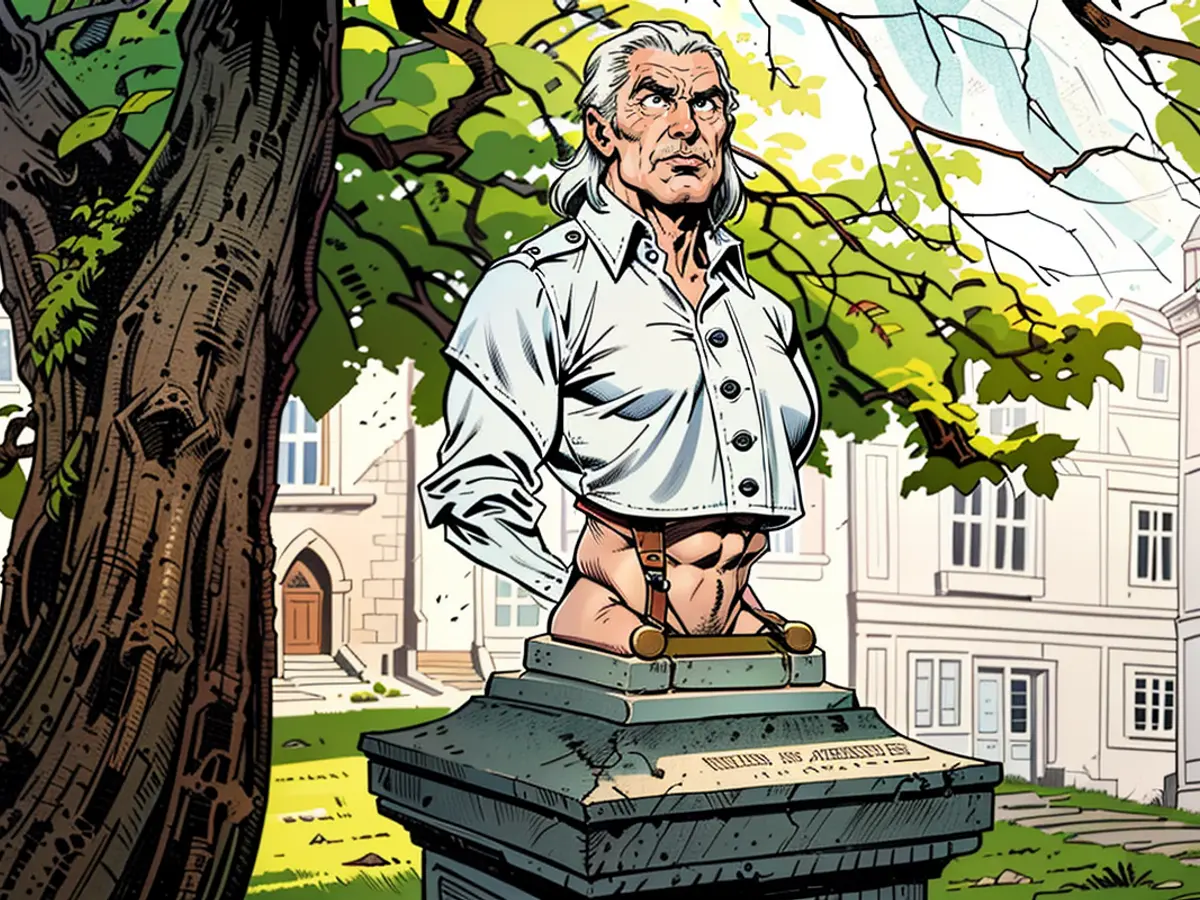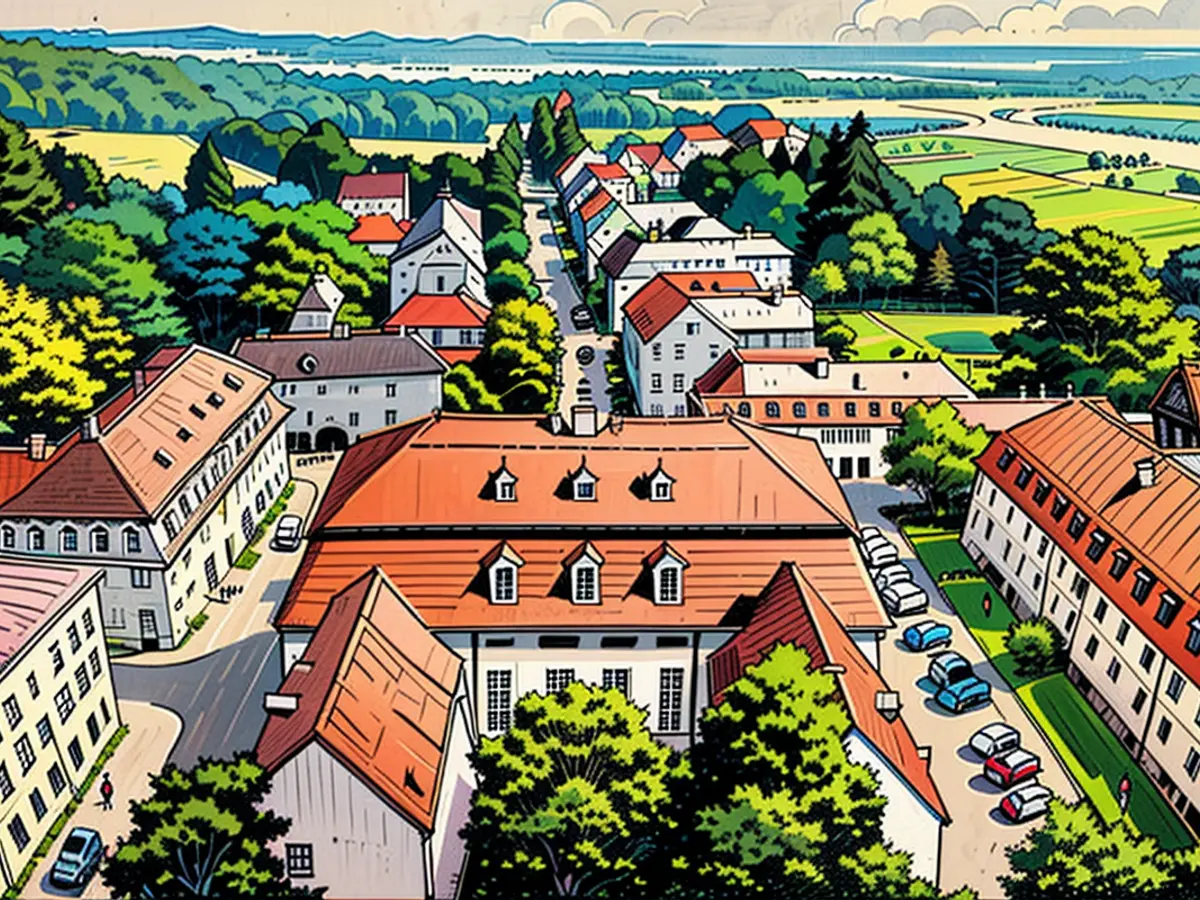UNESCO designs the Saxon town Herrnhut
Herrnhut in Saxony emerged in 1722 - under the "Lord's Hat" the church settlement was to stand. Since then, it has developed a great radiance far beyond the country's borders. Now, the UNESCO recognizes this and makes the small town in Upper Lusatia number 53 on the German World Heritage List.
The UNESCO, the UN organization for Education, Science, Culture and Communication, has designated the Saxon town of Herrnhut as part of the Settlements of the Moravian Church as a new World Heritage. The responsible committee of UNESCO made the decision known at this Friday's session in New Delhi, India.
Herrnhut is the origin of the Moravian Church. Refugees of the Moravian faith from Moravia had founded the place in 1722. The missing "d" in the name of the community "Brethren's Church" is due to the language of the time, as one still spoke of Gemeine.
New Settlements in other countries
As the Moravian Unity later spread worldwide, missionaries from Upper Lusatia also carried the building plans for new settlements to other countries. One of these was Christiansfeld in Denmark, which was acknowledged as a UNESCO World Heritage Site in 2015.
Herrnhut is now on the list itself through a transnational extension application. The city in eastern Saxony applied for recognition together with Bethlehem in Pennsylvania, USA, and Gracehill in Northern Ireland.

"United in Diversity"
The President of the German UNESCO Commission, Maria Böhmer, expressed her joy over the decision of the World Heritage Committee. "The settlements of the Moravian Church stand for cultural and spiritual exchange across country borders and continents. They are united in diversity and thus a symbol for the World Heritage idea."
Count Nikolaus Ludwig von Zinzendorf (1700-1760) had once offered the Moravian refugees land in Upper Lusatia for settlement. Exactly on June 17, 1722, the carpenter Christian David felled the first tree to build the new settlement under the "Lord's Hat".
In Germany, there are now 53 World Heritage Sites.
The UNESCO World Heritage Committee is still in session until Wednesday. A decision on another possible German World Heritage Site is expected on Saturday. It concerns the Residence Ensemble in Schwerin, which consists of almost 40 different buildings. The center is Schwerin Castle, in which the Landtag of Mecklenburg-Vorpommern has its seat today. Schwerin's state capital of Mecklenburg-Vorpommern has been on Germany's list for UNESCO World Heritage for ten years.

The Moravian Church, with its origins in Herrnhut, has sparked the establishment of new settlements in various countries. One such example is Christiansfeld in Denmark, which was recognized as a UNESCO World Heritage Site in 2015. The UNESCO World Heritage Committee, recognizing the transnational significance of the Moravian Church, has also included Herrnhut in their list through an extension application, joining Bethlehem in Pennsylvania, USA, and Gracehill in Northern Ireland.






